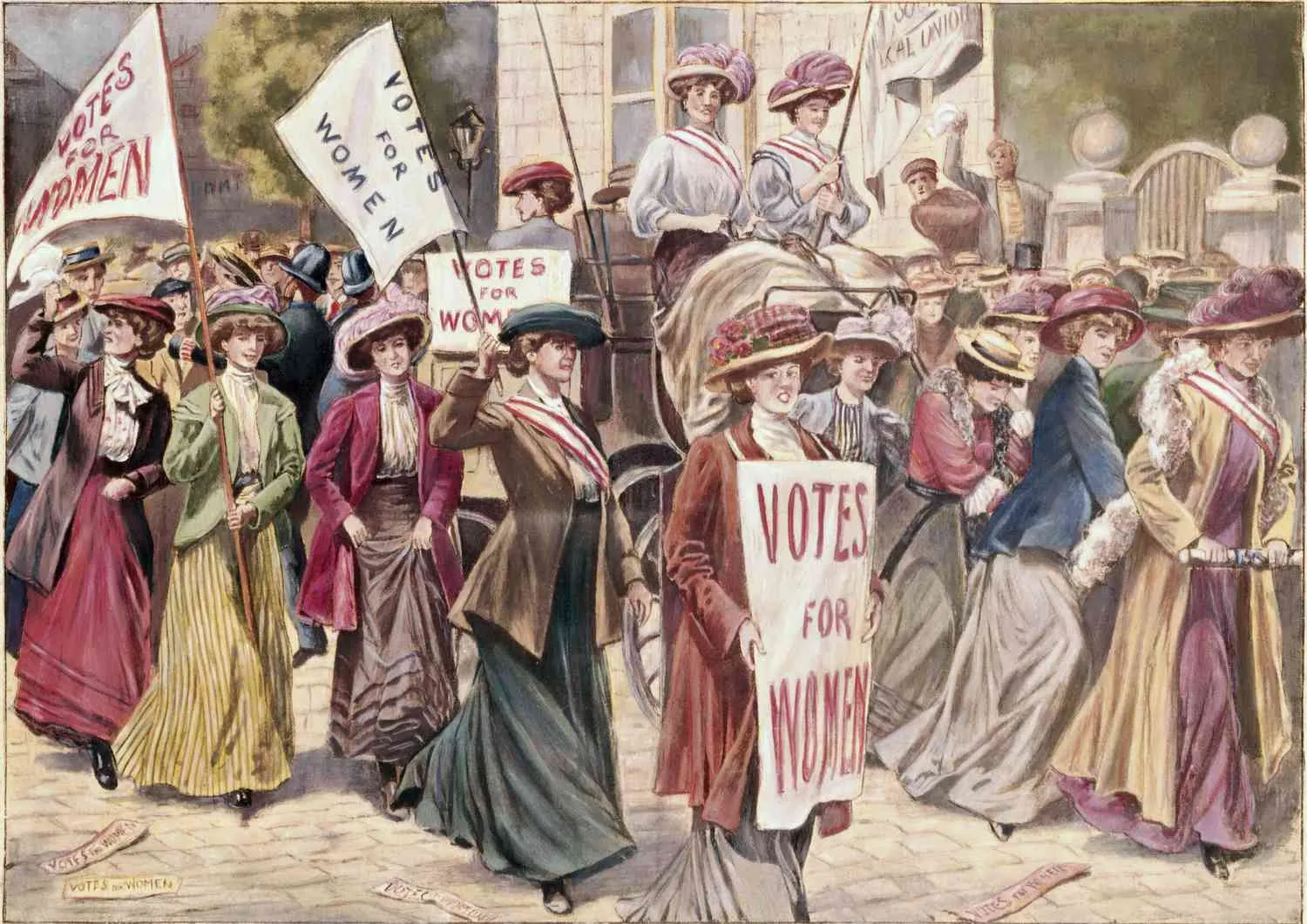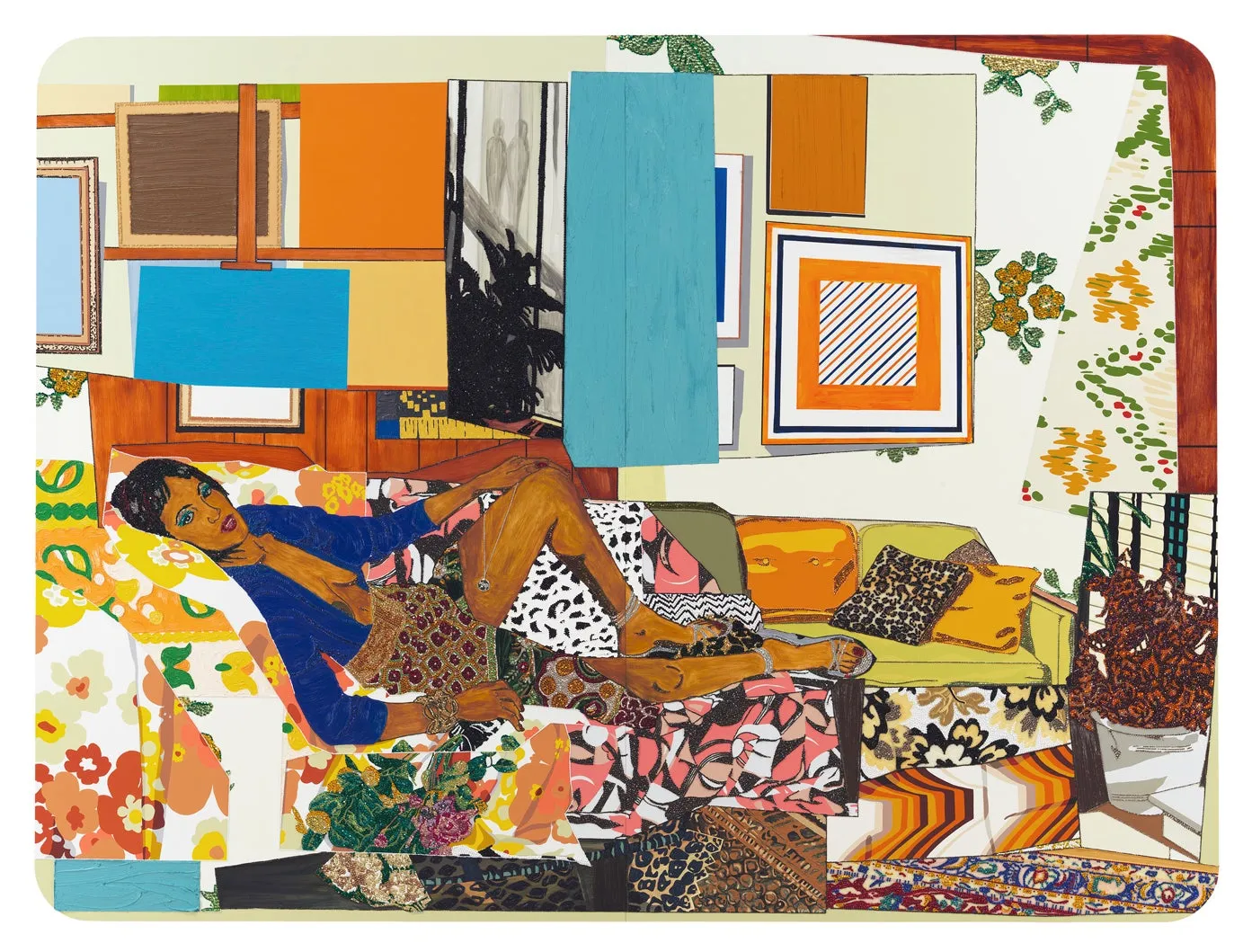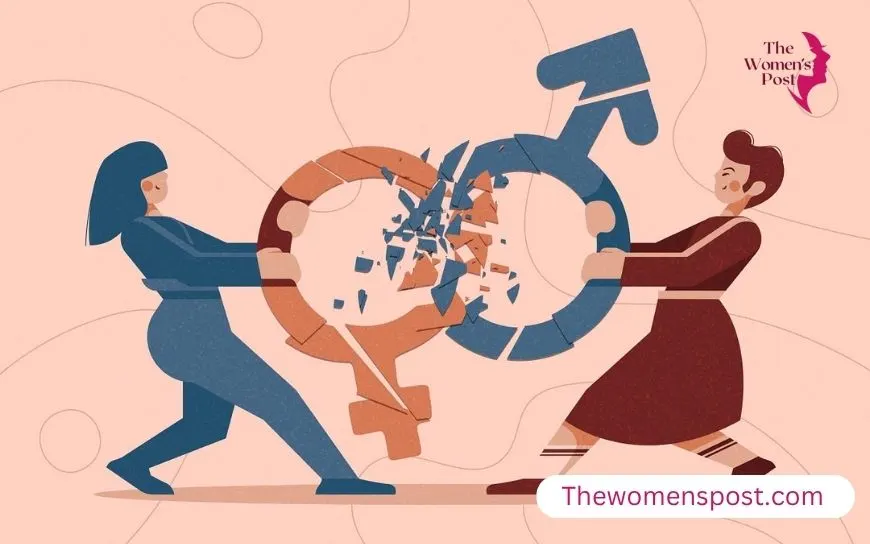The Intersection Of Gender And Identity Within Modern Art Movements

The relationship between gender and identity has become one of the most important conversations in the art world today. In contemporary times, modern art movements increasingly become spaces where artists challenge the conventions of who we are and how we should present ourselves. Instead of accepting fixed classifications as either/or categories of male or female, contemporary artists are representing the complexity of gender as fluid, personal, and deeply connected to other parts of our identity-like race, class, and sexuality. That indeed represents a major transformation in how art reflects and resonates with the shifting face of society and its understanding of identity. This transformation is greatly influenced by the role of gender and identity shaping modern art movements.
Historical Background of Gender in Art
For much of history, the art world had strict rules about gender. Women were often depicted as passive objects to be looked at rather than active creators. Men dominated in the creation and collection of art; gender roles were represented in very specific and limiting ways. This began to change significantly during the 1960s and 1970s with the rise of the feminist art movement. Powerful works like Judy Chicago’s The Dinner Party celebrated women’s contributions to history and challenged a male-centered view of art. These pioneers demonstrated that art could be one tool for questioning society’s assumptions about gender and what it means to be a woman. This development marked an important moment in the role of gender and identity in shaping modern art movements.
Feminist Art and Expanding Conversations

Also Read: Female Tattoo Artists As Cultural Storytellers
During the 1980s and 1990s, feminist artists continued doing this vital work, delving deeper into questions of sexuality, identity, and how gender is socially constructed. Artists such as Cindy Sherman and Barbara Kruger employed photography and collage as ways to explore how gender is not fixed at birth but performed and shaped by culture. They disrupted the strict notions of femininity and showed that gender is learned through society’s expectations rather than a natural truth. Simultaneously, feminist artists began pushing for greater representation in museums and galleries; they staged interventions and demonstrations to underscore the lack of women and artists of color in major institutions. This reflects the impact of feminist and queer theory on gender representation in art.
The Rise of Intersectionality
Not until the 1990s did the conversation around gender in art start to open up in some very important ways. In that period, feminist artists came to adopt what is called an intersectional approach—that is, acknowledging peoples’ complex, manifold identities. It is a profound shift because it allowed for an acknowledgment of the difference of the experience of gender by different people. A Black woman does not have the same experience as a white woman; a trans person of color experiences identity differently than anyone else. The intersectionality concept, coined by legal scholar Kimberlé Crenshaw, allowed artists to consider how people are often subject to multiple forms of discrimination at once—racism, sexism, homophobia, and classism working in tandem. This focus brings up the importance of intersectionality in art.
Intersectionality in Contemporary Artistic Practices
Intersectionality serves as a powerful framework by which contemporary artists consider the interplay between gender and identity. This is evident in how artists such as Wu Tsang and Juliana Huxtable structure their practice on the points of convergence between gender, race, and sexual experiences. Wu Tsang is a filmmaker and visual artist who creates immersive installations that give center stage to the presence and stories of transgender and queer people of color, relegated to the periphery by mainstream art institutions. Working in photography, performance, and digital art, Juliana Huxtable expresses her experiences as a trans woman of color, challenging restrictive notions of femininity. In all these practices, the artist places themselves as the central subject in the work, refusing to be invisible or misrepresented. This would be direct evidence of how intersectionality informs the making of contemporary art and the collision of gender, race, and sexuality within artistic narratives.
Challenging Traditional Representations

Other significant contemporary artists are also challenging how gender and identity do and should appear in art. Mickalene Thomas creates large-scale paintings featuring Black women as the centered subjects of art history, disrupting the white, male-dominated tradition of the past. Kehinde Wiley paints African American men and women in poses borrowed from the classical European art canon, turning the tables on a tradition that for so long has excluded people of color. In so doing, Wiley’s work exposes race, class, and gender as fully intertwined and how history has systemically excluded some individuals from positions of power and recognition. These works highlight the intersectionality in art.
The Impact of Digital Platforms and Technology
The rise of digital platforms and technology has also continued to shift and expand how artists investigate gender and identity. Instagram, TikTok, and other online platforms have allowed artists to create and share work with global audiences without having to pass through traditional art world gatekeepers—galleries and museums. Virtual reality and purely digital exhibitions are opening new possibilities for artistic expression and for communities to share their stories. This democratization of the arts has been particularly important for many marginalized artists who may have minimal access to traditional institutions. This new area represents a continuation of the role gender and identity have played in shaping contemporary art movements.
Persistent Challenges and Changing Landscapes
While these changes do take place, the problem of gender imbalance persists in the world of art. Research reveals that the acquisition of women’s art comprises only a small percentage at major museums, thereby demonstrating that much work is yet to be accomplished in order to achieve complete inclusiveness. Art institutions are certainly becoming more aware of the need to support diverse artists and to curate exhibitions that reflect the full spectrum of human experience. Exhibitions like Trigger: Gender as a Tool and a Weapon, featuring over 40 artists at the New Museum in New York who investigate how gender is constructed and contested, showcase work from performance to digital art. This shows how intersectionality in art continues to increase in its representations.
Conclusion: Evolving Narratives in Modern Art
Modern art movements are telling a richer story of gender and identity than ever before. Rather than showing gender as simple and fixed, artists are now revealing it to be complex, personal, and deeply influenced by all other aspects of who we are. In their work, such artists challenge society to rethink assumptions about gender, value diversity in experience, and consider more inclusive futures. As this conversation continues to grow and evolve, art remains one of the most powerful tools we have to understand and celebrate the full diversity of human identity. This rich storytelling underlines the continued importance of the role gender and identity play in shaping modern art movements and the intersectionality influencing artistic expression in contemporary art.









